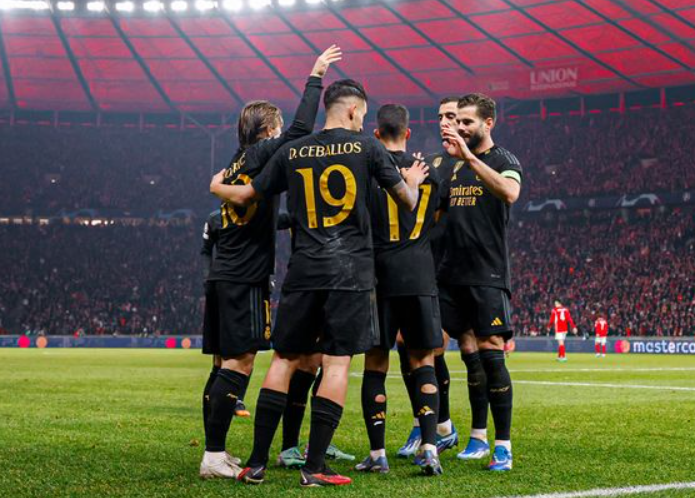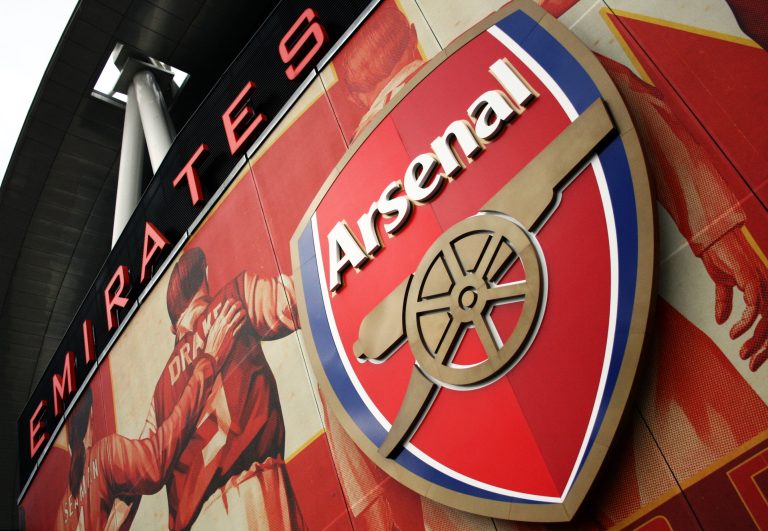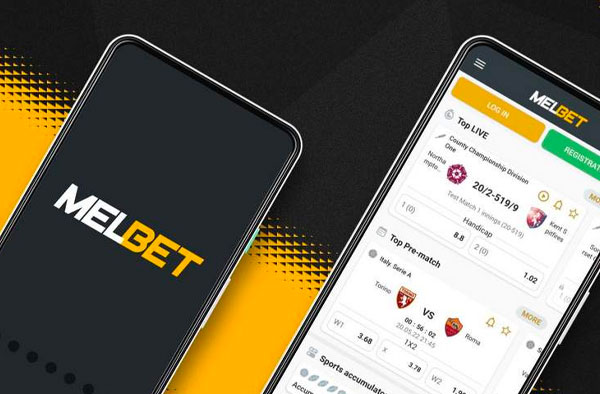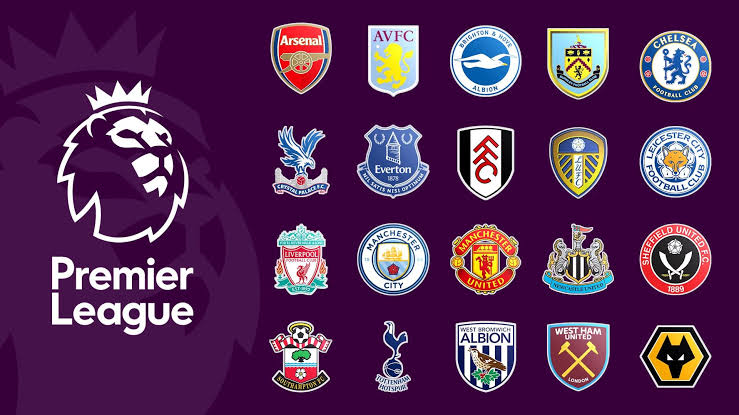Every bettor knows the cliché: “Underdogs are dangerous.” But it’s never more true than during the final stretch of the football season. Whether it’s in April, May or early June, we start seeing favourites underperform, fringe clubs overachieve, and markets lag behind on both. Sharp punters understand that end-of-season matches flip the usual logic—tactics shift, motivation intensifies (or vanishes), and team selections become unpredictable.
In this period, underdogs aren’t just viable—they’re structurally undervalued.
Why the Underdog Spike Happens Late in the Year
| Factor | Impact on Matches |
| Relegation or Promotion Stakes | Clubs fighting for survival/playoff spots become hyper-motivated |
| Rotation by Top Teams | Qualified sides rest starters ahead of cups or international duty |
| Contract-Year Performances | Fringe players boost output to secure deals or transfers |
| Fan Pressure | Mid-table clubs lose drive; others respond to home support |
| Misaligned Market Perception | Odds reflect reputation more than game-by-game urgency |
It’s not that favourites stop caring—it’s that underdogs start playing with real consequences.
Where Underdog Bets Make the Most Sense
Underdog wins don’t happen randomly. They appear more often under specific tactical or scheduling setups, which books often under-price due to volume or familiarity bias.
– When favourites have already secured their season goals
– When underdogs are at home and in must-win positions
– When key players from favourites are rotated or rested
– When fan support boosts intensity, especially in smaller leagues
– When the weather or pitch condition levels the talent disparity
Spotting these doesn’t require insider info. It just takes attention and a sense of timing.
5 Tells That a Late-Season Favourite Might Collapse
– Line drops against the favourite 12–24 hours before KO – Sharp money sensing rotation
– Quotes from pressers about “managing legs” or “looking ahead” – Signals rest
– Absence of usual press from attacking mids – Effort often drops from creative players first
– Fewer tactical fouls in midfield – Signals psychological softening
– Bench includes three or more youth players – Club’s eyes are off the current result
Table: Recent Late-Season Underdog Winners (2023–2025)
| Match | Closing Odds | Result | Why It Mattered |
| Cádiz vs Atlético Madrid (May ’24) | Cádiz +475 | 2–0 Cádiz | Atlético had secured CL, rotated heavily |
| Lecce vs Lazio (June ’23) | Lecce +390 | 1–0 Lecce | Lazio fielded B-team post-cup final |
| Gwangju vs Jeonbuk (Nov ’23) | Gwangju +520 | 3–2 Gwangju | Relegation decider with Jeonbuk already safe |
| Eibar vs Villarreal (May ’25) | Eibar +410 | 1–1 (DNB cashed) | Villarreal had Europa final 4 days later |
| Wigan vs Blackburn (April ’24) | Wigan +340 | 2–1 Wigan | Wigan avoiding drop; Blackburn lacked motivation |
These aren’t flukes—they’re rooted in psychology and squad dynamics. And they repeat every year.

Second Table: Leagues with Highest Late-Season Underdog ROI
| League | Avg. ROI on Underdogs (Final 5 Rounds) | Notes |
| Segunda División (Spain) | +19.2% | Intense relegation pressure, low liquidity |
| K League 2 (Korea) | +17.4% | Playoff scramble distorts prices |
| Serie B (Italy) | +14.7% | High rotation from safe mid-table teams |
| 3. Liga (Germany) | +13.1% | Lower attention, books lag on motivation |
| Championship (England) | +10.3% | Market inflates big names too late |
Again, value appears where motivation collides with mispricing.
Late-season football flips the script. Public bettors stick to names; sharp bettors follow context. When a mid-table favourite shows up with nothing to play for against a desperate home underdog, it’s no longer an even contest—it’s an opportunity. If you want to profit in May and June, ignore the table. Watch the team sheet, listen to the managers, and read between the odds. That’s where the value lives.











+ There are no comments
Add yours